Taro ice cream is a three-ingredient dessert recipe that you can make at home without needing an ice cream maker. The natural sweetness of the root vegetable, when blended with sweetened coconut milk makes for a tantalising treat that will have you reaching for a spoon.
Our traditional recipe will not only impress, but as a 30-minute no-churn recipe that does not require any special equipment, who wouldn’t want to try it?
Jump to:
- What is it?
- What does taro ice cream taste like?
- Ingredients
- Cooking tips
- How to make from scratch
- Taro Ice Cream, No-churn Recipe, No Ice cream maker required
- Popular variations
- Why is taro ice cream coloured purple?
- Taro vs Ube Ice Cream
- Taro vs Sweet Potato Ice cream
- Is it healthy?
- How to make from powder?
What is it?
As the name implies, it is a traditional Asian ice cream dessert that highlights taro as its main ingredient. Eaten just like any frozen dessert, the umami-filled starch of the taro root adds a depth of flavour to this dessert’s flavour.
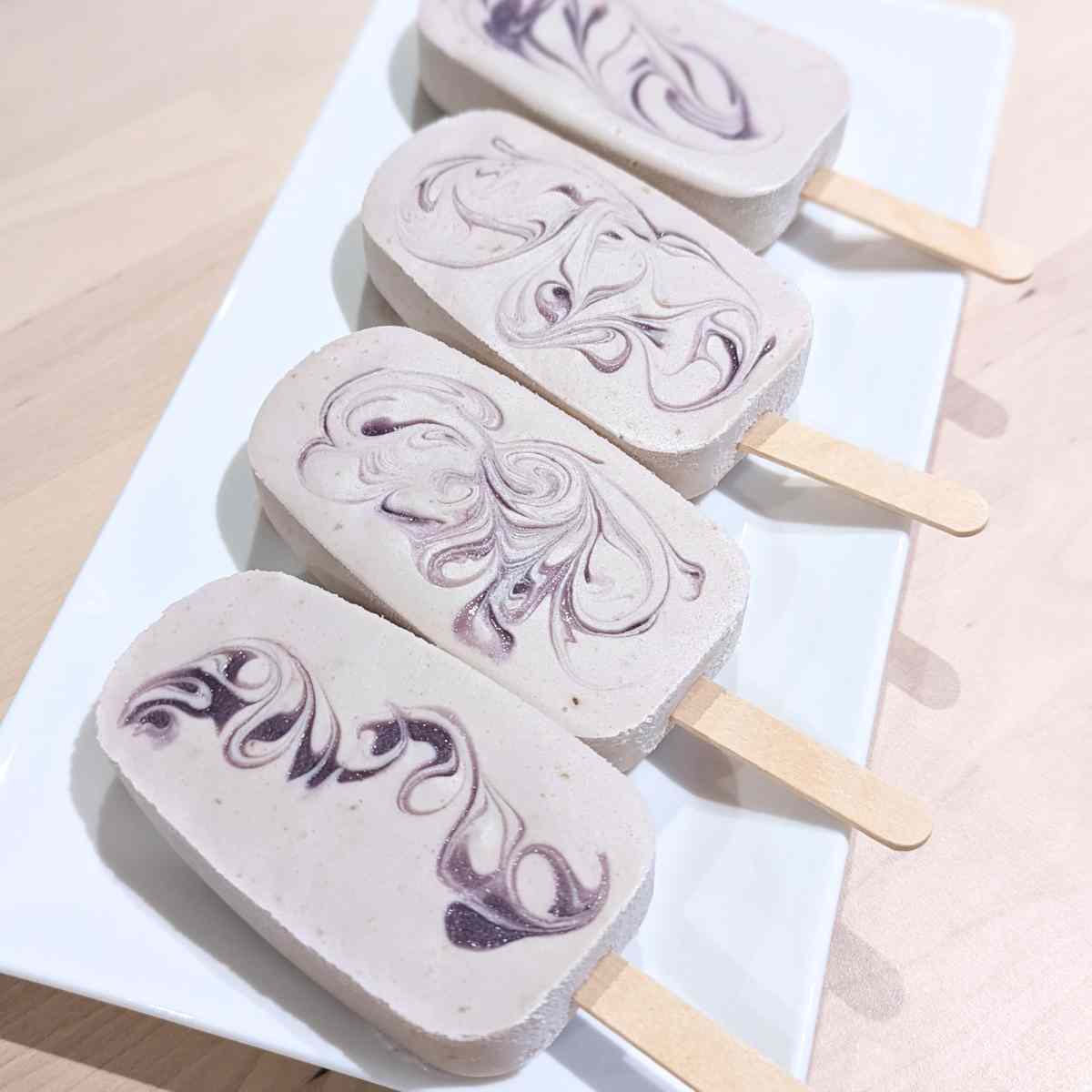
The taro root, also known as ‘Satoimo’ in Japanese or ‘Gabi’ in Tagalog, is a root vegetable native to Asia and India. Often called the ‘potato of the tropics’, the ingredient is commonly found as a flavouring for boba milk tea, fillings for pastries and pies, or a staple ingredient in most Southeast Asian desserts like Sago or Halo-halo.
What does taro ice cream taste like?
This flavour of this particular soft serve is mildly sweet with hints of nuttiness and starchiness from this root vegetable. In addition, the dessert has a great sense of creaminess and fattiness from the whipped creamer.
Essentially, it tastes almost like biting into a butter almond cookie.

Ingredients
There are only 3 ingredients found in our recipe. They are fresh taro, condensed milk, and heavy creamer.
Taro Root
Fresh root vegetables and their flavoured products are commonly found in the tropical or subtropical regions of South Asia and East Asia, like Taiwan or the Philippines.
You can most commonly find the fresh root vegetable for taro ice cream or even its powder version anywhere else in a local Asian or Filipino supermarket.
Condensed Milk
Although, you can always substitute these ingredients with alternatives to make your own vegan taro ice cream.
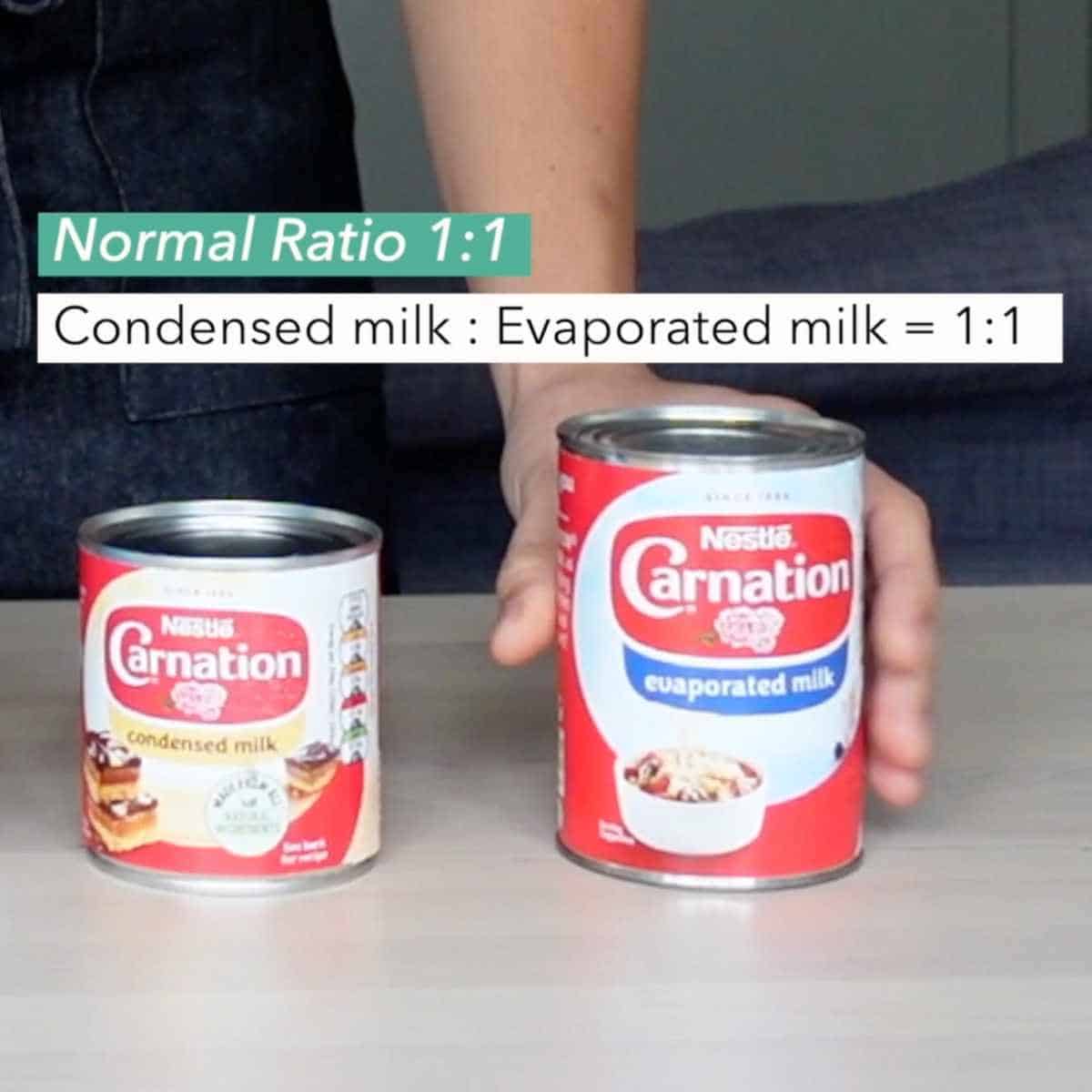
A vegan substitute for heavy cream is a cashew creamer, while condensed milk can be replaced with coconut-based condensed milk.
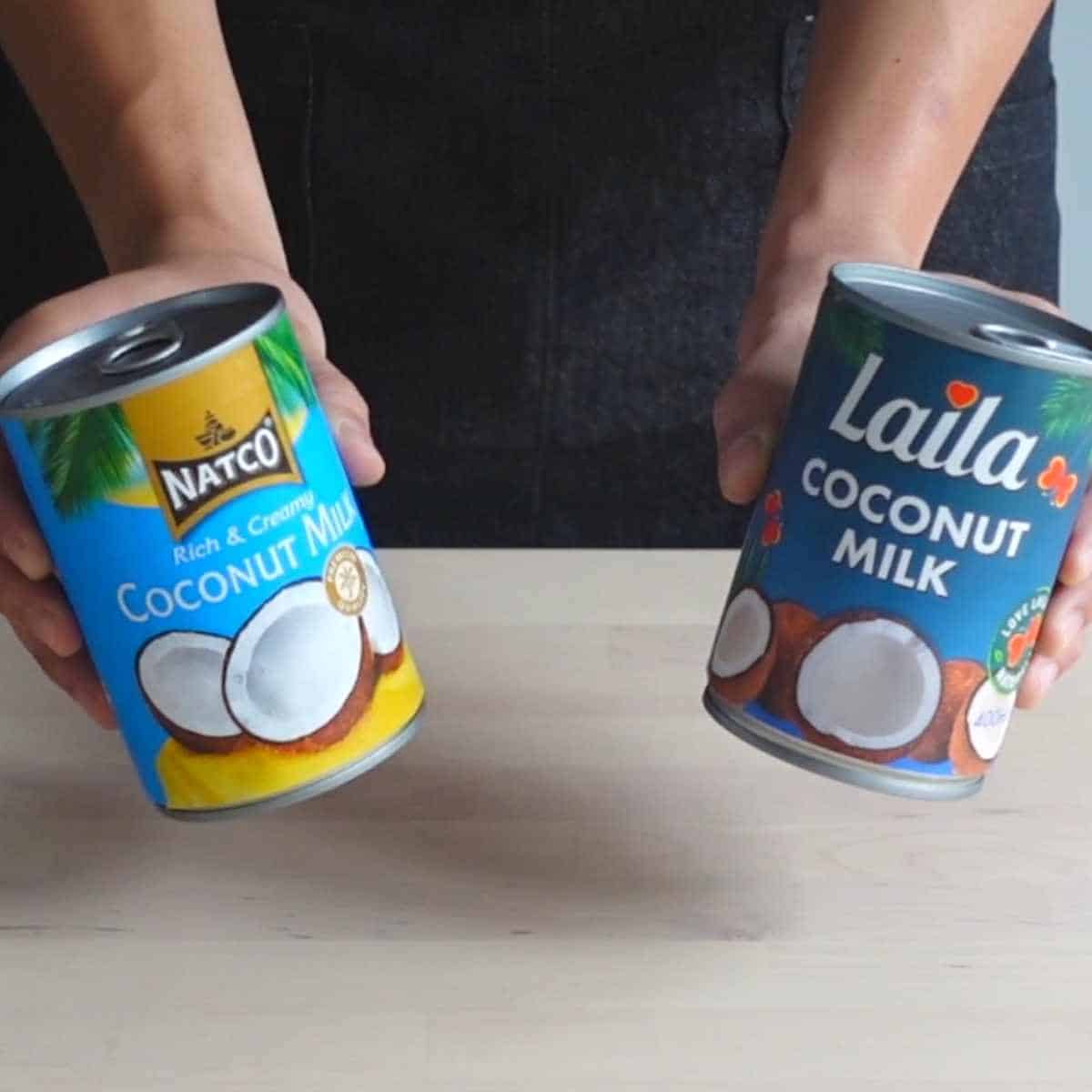
Cooking tips
Before getting into the recipe, you need to know just how important it is that you pick and handle the starch vegetable properly. Picking an unripe and hard root can make your sweet dessert taste bland and gritty.
So, in order to get the most out of the vegetable:
- The root should be heavy and firm, just like how one would pick potatoes.
- Like ginger, taro skin is brown and hairy. Observe the skin for any abrasions, moulds, or soft spots to avoid the root from browning easily.
- Buy the root a day before cooking. Do not refrigerate as it would take a longer time to cook.
- Store it in a well-ventilated area, i.e., a produce basket. This helps to reduce mould growth on the skin's surface.
- When peeling the skin, be sure to wear gloves, as the raw vegetable can irritate your skin.
How to make from scratch
It is not common for one to pick up an ice cream recipe on a random Saturday, what with all the prep and all that’s usually required. Making frozen desserts sure seems to be on the bottom of everyone’s list for a quick and easy sugar fix.
However, with this no-churn method, we show you how to make taro ice cream so easily and prove to you that making this frozen dessert is as easy as making coffee in the morning!
Most recipes require an actual ice cream maker or an immersion blender. In contrast, our trusted recipe only needs a standard blender and, at most, a hand mixer! With just a simple series of boiling, blending, and freezing steps, you have a delectable dessert to enjoy.

Taro Ice Cream, No-churn Recipe, No Ice cream maker required
Ingredients
- ½ kg taro, peeled
- 250 ml sweet condensed milk
- 2 cups heavy cream, chilled
Equipment
Instructions
- In a large pot, boil the fresh roots for approximately 30 minutes or until soft. Whilst the root is boiling, using a stand or hand mixer, whip the heavy cream on medium speed until it is thick and fluffy.
- Strain the boiled taro. Then, add them to a blender along with the condensed milk and blend.
- Once the mixture is smooth and holds no lumps, pour it into your bowl of whipping cream and gently fold with a spatula.
- Once fully mixed, pour the taro ice cream mixture into a small container and distribute it evenly. With a small piece of saran wrap, press the plastic against the surface of the glacé so it is airtight. Freeze overnight.
Notes
- To check if the root vegetable is fully cooked, use a fork to test and if it goes all the way through with no effort, it is ready.
- If you cannot find heavy cream at your supermarket, whipping or heavy whipping cream will give the same results
- If you do not have a blender, using a potato masher or a fork will do just fine. But keep in mind that the paste that makes the taro ice cream needs to be very smooth.
Nutrition
Calories have been calculated using an online calculator. Nutritional information offered on Honest Food Talks is for general information purposes and is only a rough estimate.
Another tip is to add vanilla extract to your recipe for an extra vanilla nutty flavour.
Popular variations
The cold dessert is perfect on its own! However, many have taken upon the challenge to up their frozen dessert game by incorporating it with other desserts like;
- Boba ice cream version
- Taro mochi dessert with ice cream
- Taro cheese soft serve
Why is taro ice cream coloured purple?
Compared to another Filipino favourite purple ingredient, ‘ube’, when ‘gabi’ is freshly cut, it is white in colour. However, once blended or chopped, the vegetable will oxidize to pale purple or almost violet-grey.
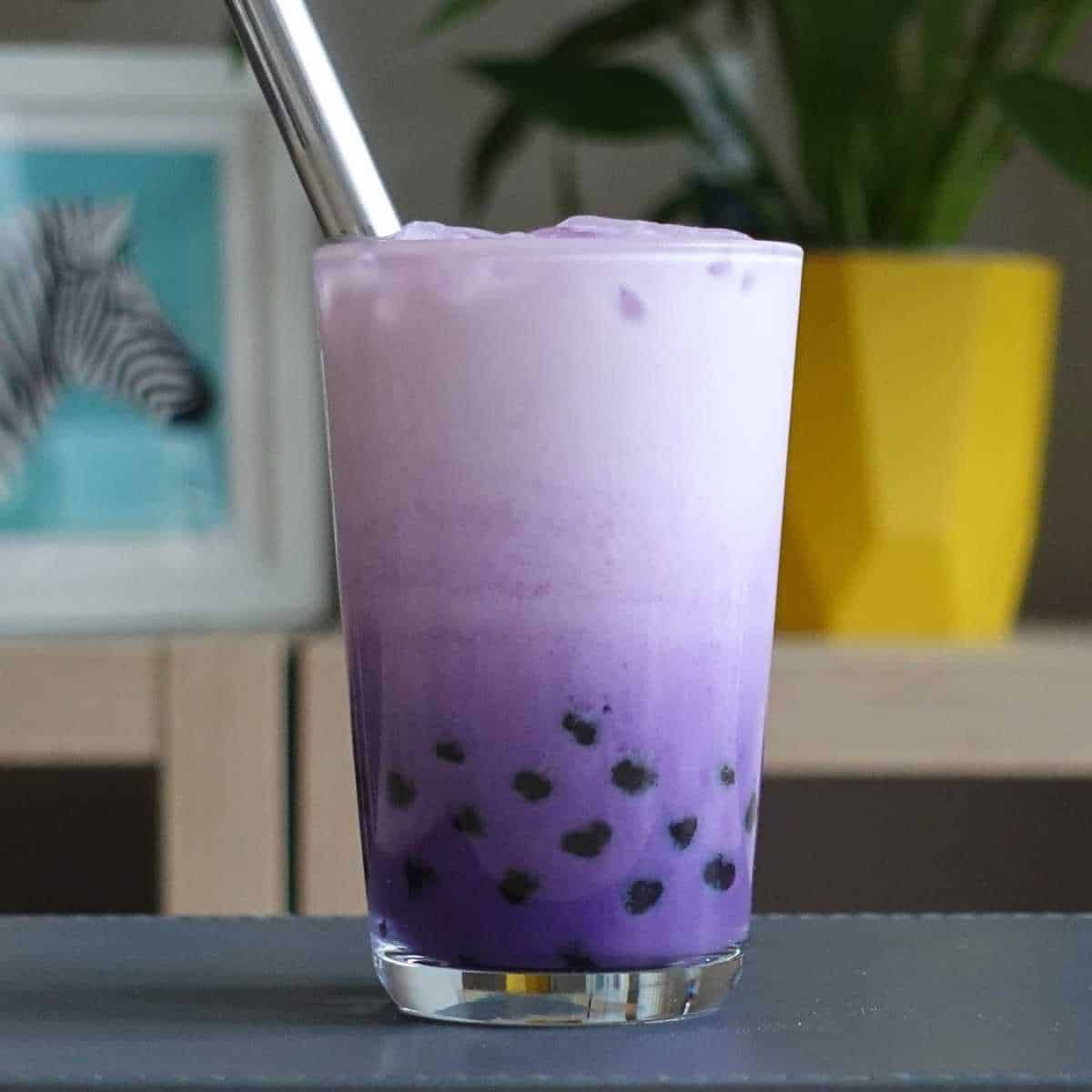
To make it look more attractive, most shops commercialize their ice milk by colouring it a soft purple or using its flavoured powder which is already purple in colour. This is so it will attract their customers to try their peculiar purple taro ice cream.
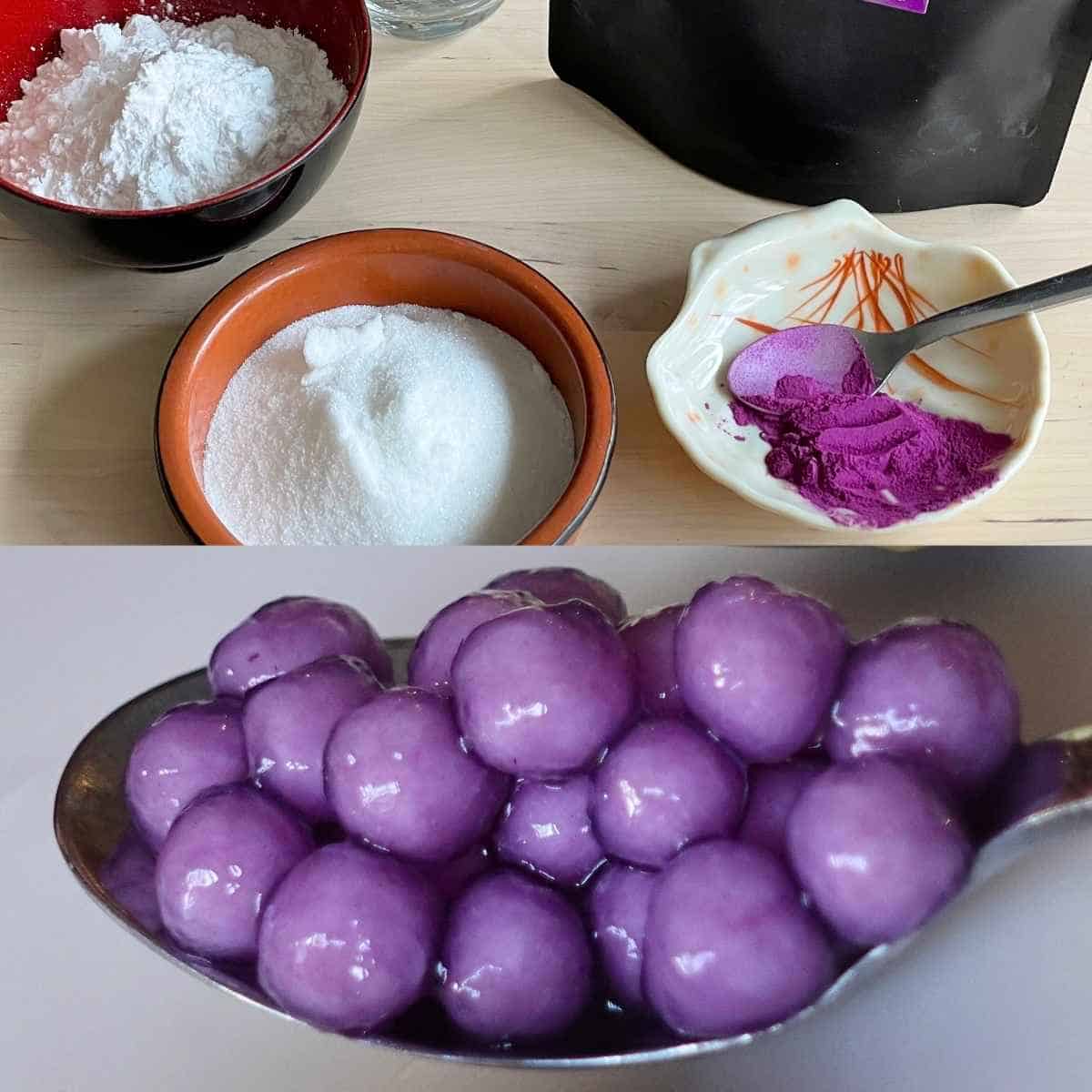
Taro vs Ube Ice Cream
Many people mistake gabi and ube as the same thing root vegetable due to their close similarities. However, taro and ube ice cream are vastly different in terms of appearance and flavour.
With ube, the sweet treat is naturally coloured with its deep purple colour and holds a rich taste of vanilla.
On the other hand, taro has a taste that is nuttier and starchier, like a different form of sweet potato. As mentioned, the soft purple hue only appears after oxidation occurs from cooking the root vegetable. Even then, taro ice cream’s purple colour is less vibrant in comparison to the ube version.
Taro vs Sweet Potato Ice cream
Sweet potato is another popular ingredient used to make chilled treats. Similarly, it is often misplaced as being the same food menu item as its ‘satoimo’ counterpart. This is mainly due to both desserts being sweet and starchy at the same time.
The difference between taro and sweet potato frozen soft treats is the ingredients used in the making process.
The end result of basic taro ice cream is a fresh representation of the vegetable itself. With nothing much changing in terms of flavour, it's like eating a chilled piece of satoimo!
Sweet potato soft serves, however, most commonly is made with additional spices like ground nutmeg or cinnamon to compliment the taste. This results in a not-so-accurate representation of sweet potato on its own.
To make the distinction clear, many restaurants and manufacturers like to prepare the sweet potato version with additional colouring. Oftentimes, the sweet potato glacé will appear bright orange-yellow.
Is it healthy?
Though this particular recipe is not a top priority in a list of healthy desserts, as it contains around 300 calories per serving, a little guilty pleasure wouldn’t hurt!
However, the cooked root vegetable on its own holds many proven health benefits.
How to make from powder?
In some places, obtaining fresh root vegetables can be quite difficult. That is why many have depended on using the powdered version instead. Contained in a small bottle, powdered taro gives the same taste as a fresh one with an added long shelf life.
To make taro ice cream with taro powder, you will need an ice cream maker. Simply combine heavy creamer, milk, eggs, sugar, and flavoured powder. Then, let the machine do its magic!
Did you try making your own taro dessert at home? Please share a photo with us by tagging us on Instagram @honestfoodtalks.

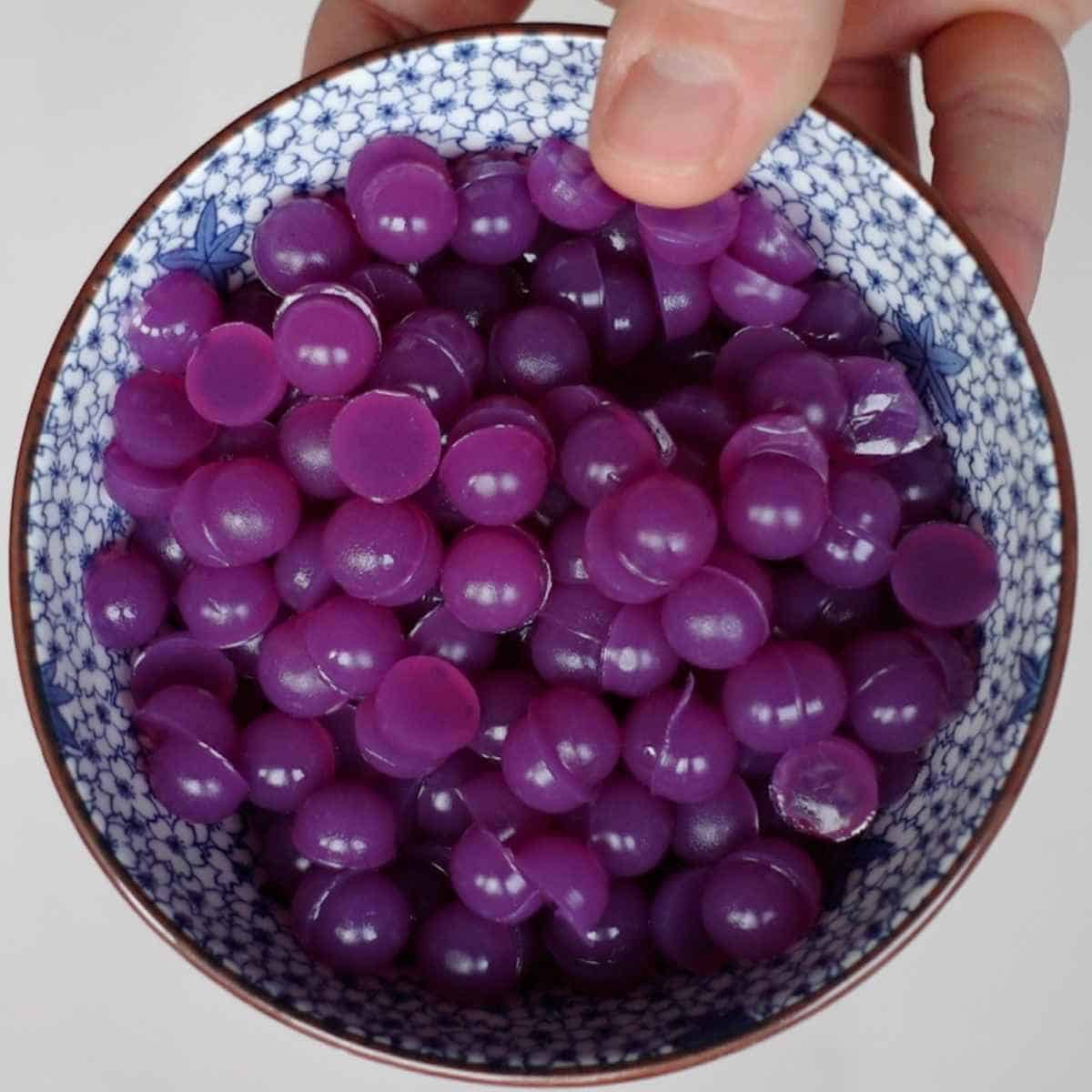
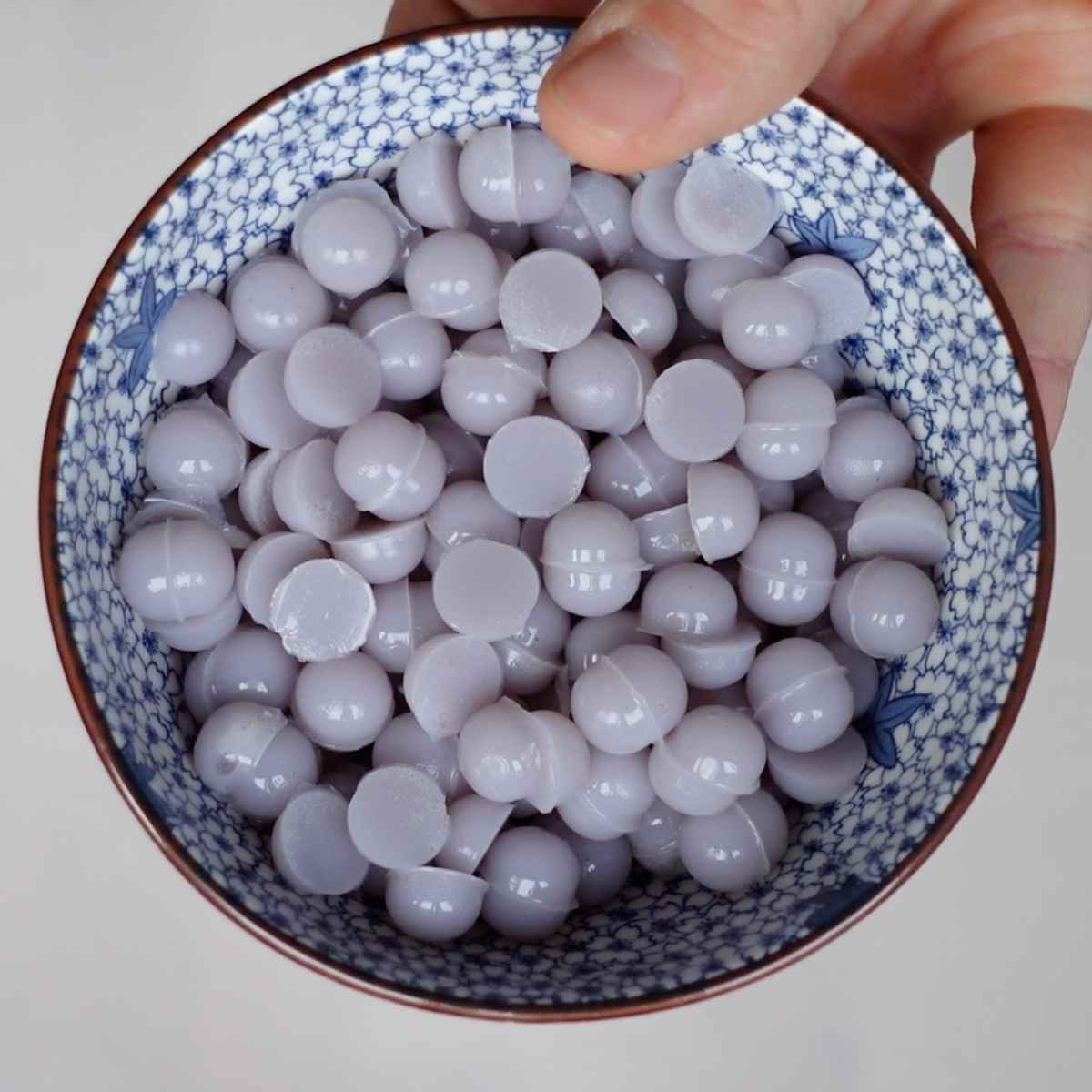
Levite Maesimae
best recipe on taro ice cream